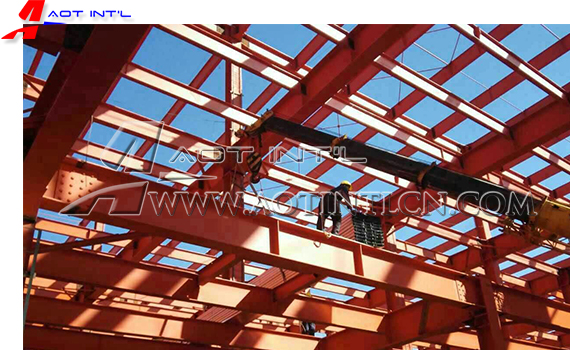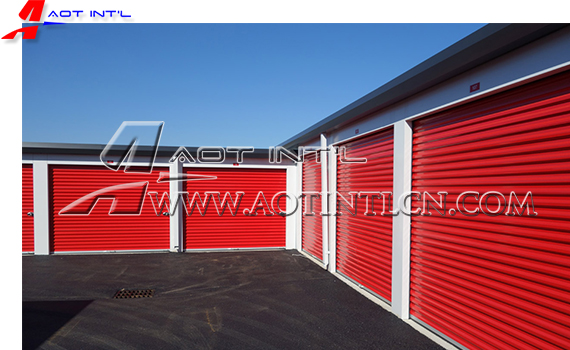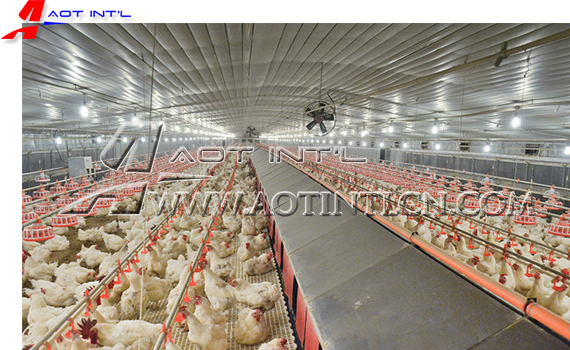Pre-engineering Steel Structure Construction Demands in Kenya
AOT, a brand of PEBs, Prefabricated house and Modular container house, is Trusted & Tested.
From massive infrastructure developments to middle class housing, construction has led to an increased demand for Pre-engineering Steel Structure. Steel is the backbone of the economic activity of any country. The per capita steel consumption is an internationally recognized indicator of the level of development of any country. Direct and indirect consumption of steel in Kenya is projected to increase as the country embarks on the development activities as envisioned in the Vision 2030.The major Vision 2030 projects include Lamu port development, railway and roads projects, housing, Industrial parks and the development of the special economic zones all of which utilize steel products. The Iron and Steel industry in Kenya forms about 13 percent of the manufacturing sector, which in turn contributes significantly to the GDP.

AOT Steel Structure Building | Tall Steel Frame Building Steel high-rise Structures
From locals building new factories and expanding production capacities of existing ones to foreigners seeking to make inroads in the country, at least Sh50 billion worth of steel mills are expected to come online shortly as investors rush to meet the rising demand for the material.
Data from the Kenya National Bureau of Statistics indicates that steel imports have grown by more than 100 per cent in the past five years from US3 million to 8 million.
This has been driven by increased investment in the construction sector and infrastructure projects with the value of building plans approved rising by 18 percent over the same five-year period.
Overall expenditure on road projects rose from 0 million during the 2009/2010 fiscal year to .13 billion in 2010/2011.
Steel companies have also benefitted from the wider East African Community (EAC) and the Common Market for Eastern and Southern Africa (COMESA) markets.

AOT Steel Structure Building | Metal Storage Building Self Storage
“Statistics show that metal and steel products are currently Kenya’s largest manufactured goods exported within the COMESA and the EAC”, said Betty Maina, chief executive officer at the Kenya Association of Manufacturers.
Steel from Kenyan companies is being bought by Rwanda, Tanzania, Uganda and Democratic Republic of Congo.
Kenya's annual demand for steel is estimated at about 480,000 tonnes to 600,000 tonnes.
Most of the iron to make the steel is imported from South Africa, Japan, India and China.
The local steel sector makes a variety of products from local and imported steel scrap, steel billets and hot rolled coils.
The country imports and exports steel billets, coils, wire rods, steel plates, sheets and pig iron.
Most of the steel products end up being sold on the domestic market, however, mainly by the construction industry.
Dealers note that over the last two years, the price of the twisted bars – an integral part of beams used to make reinforcement frames for tall buildings – has increased by 25 per cent from .2 to .5 a kilo.
With these price hikes, the cost of steel for a three storey building – requiring five tonnes of steel – has risen from ,250 to ,500, a 43 per cent rise.

AOT Steel Structure Building | Prefab Poultry Farm
Rising demand for steel products has also led to huge investments in the sector as firms position themselves to profit from the burgeoning local and regional markets.
Recently, the government-owned Numerical Machining Complex announced plans to set up a steel plant at the cost of .5 million.
The steel plant will be set up at the Athi River and will also support automation of the steel melting process for mass production and establish a metal research laboratory.
The firm plans to expand melting capacity to 21 tonnes per hour. When fully automated, its casting and moulding capacity will produce 15 tons per hour, translating to 100,000 tonnes annually.
Iron ore also exists in Taita, Meru, Kilifi and Samia regions of Kenya, prompting the government to encourage industrialists to tap into this readily available raw material.
The Mombasa-based firm plans to expand to Uganda, Rwanda, Burundi, DRC, Zambia and Angola. It is also working with Kenya’s Export Promotion Zones to enter the lucrative South Sudan market.
To encourage the sector’s growth, the Ministry of Industrialisation, has allowed investors to set up their own mini thermal electricity generation plants to supplement demand.
As experts on Pre-engineered steel structure building, Prefabricated house and Modular container house system, AOT is providing complete customized solutions including consulting, R&D, design, manufacture, installation, supervision service for overseas project, export and service.
We specialize in creation of high-quality Pre-engineered steel structure building such as: warehouse, workshop, factory, cold storage, high-rise building, shopping mall, power plants, distribution centers, pedestrian bridge, hotels, public schools, sports arenas, car parking center, airplane hangars, church building, farm building, agricultural building, storage shed, self-storage building, poultry farm and green house; Prefabricated house and Modular Container house such as: portable cabin, labor camp, labor quarter, worker dormitory, construction site office, accommodation, recreation, clinic, medical facilities, quick-assemble container, sanitary container, toilet container, shower container, canteen, portable living units, portable office. We provide our time-tested PEBs, Prefabricated house and Modular container house to clients in the sectors of oil & gas, mining, Energy, Infrastructure and Construction projects. AOT built his reputation upon Profession, Reliability and Service.
